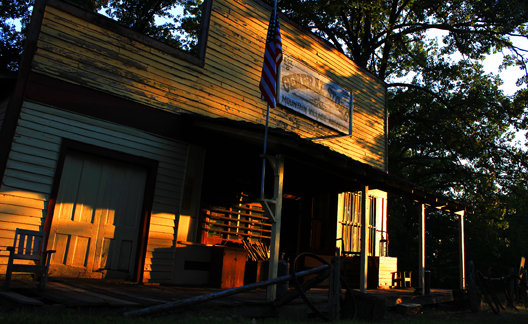
plate 1. Evening sun lends a somber quality to the old general store of Mountain Village 1890, located within the city limits of Bull Shoals, Arkansas and located atop Bull Shoals Caverns.
Mountain Village 1890, Bull Shoals, Arkansas
by Joshua Heston
A hot summer sun sets over the Arkansas hills. Deep shadows stretch across the grassy courtyard of Mountain Village 1890, a reconstructed village and small theme park that was once one of the top tourist attractions in north Arkansas.
Located within the city limits of Bull Shoals, Mountain Village 1890 is a tiny plot, only about two and a half acres, filled to the brim with Ozark history. After the completion of Bull Shoals Lake, local attorney and business man Roy Danuser saw the combination of local cave and mountain village to be a good investment. “He started bringing in all the old buildings in 1958 and ’59,” explains William Fleming, who spent is summers in Bull Shoals as a boy. “He brought the buildings from Jasper, Ash Flats, Dawt, Blue Eye.”
Today, a lack of marketing money keeps many tourists from finding the attraction. “I’m just trying to save the place,” says Gerald Oates, owner. “I love the Bull Shoals area.”
Through the 1906-era train depot — originally built in Pyatt, Arkanas as part of the Missouri-Pacific Line — and past the Martin House, orginally constructed in the woods just north of Jasper, Arkansas in 1836, a long line of cement steps leads into a holler. The entrance of Bull Shoals Caverns is at the bottom. “We figure the cave is probably 300 million years old,” furthers Fleming. “There’s evidence the cave has been used by man for over 3,500 years. When they were building the pyramids in Egypt, people were living in this cave.”
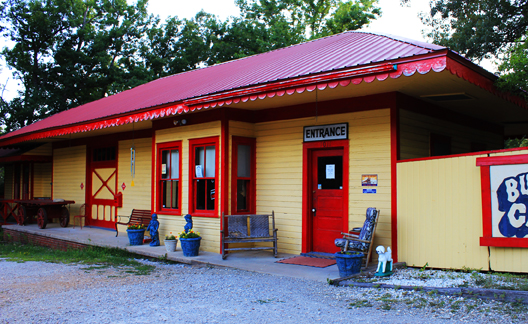
plate 2. Built in 1906, the bright and cheery depot serves as entrance and gift shop.
Fleming, who lives in Tulsa, is something of a local historian as well as a paranormal investigator. “My grandparents lived in Bull Shoals so I sort of grew up here. When I ran into somebody who said the village was haunted, it piqued my interest.”
“One of my earliest memories was of a translucent woman in a calico dress, standing in the corner of my room, standing near the foot of my bed, or — after my brother was born — looking at his crib. As I got older, I began researching ghosts, conducting my own investigations. I have encountered all kinds of crazy stuff.”
Fleming schedules seasonal ghost tours at Mountain Village 1890. As a result, he has assembled considerable knowledge of the buildings. “I believe when a person dies, some of their energy is still there. Some of these structures are very old and were built with care. People put a lot of themselves into these buildings. There are patterns.”
Ten historic structures, plus a barn and chicken coop, ring a small meadow atop the ridge.
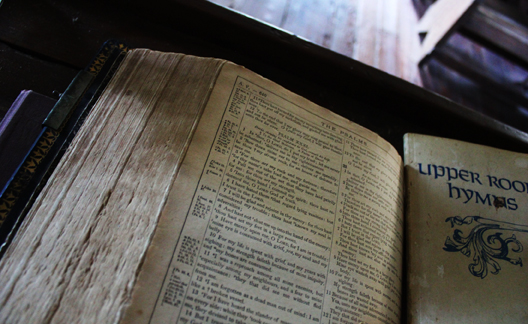
plate 3. Psalm 31 reads, “In thee, O Lord, do I put my trust. Let me never be ashamed: deliver me in thy righteousness.”
The church building, constructed in 1888 on the Arkansas-side of Blue Eye — a town which sits squarely across the state line of Arkansas and Missouri — still has the original pews and Bible. “The folks who lived in that community chose not to take sides during the Civil War,” says Fleming. “And that was a decision that would really harm them. They were invaded by the Union Army. They were invaded by the Confederate Army. They were invaded by Bushwhackers and by Jayhawkers. These poor folks were so afraid of raids they would hide in area caves during the day and when they came out at night they would just pray their homes were still standing.
“A lot of the people who lived through all that were the ones who built the church.”
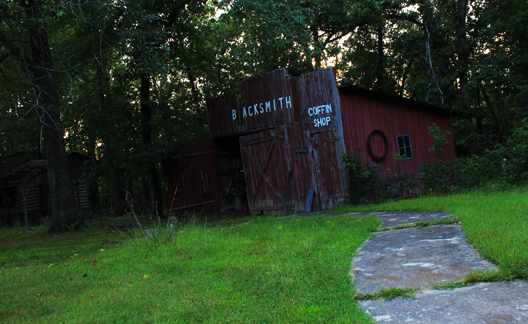
plate 4. Slowly decaying, the Blaylock Blacksmith (and Coffin) Shop stands against the ridge, a somber reminder of Dawt, Missouri.
Dawt, Missouri — a town now plowed under — is remembered by a ragged blacksmith / coffin shop. “The closest [known] cemetery is five miles away. There are no records. We do know the building was used by Mr. Blaylock,” explains Fleming. “You’ve got the blacksmith shop on one side and the coffin shop on the other. Blaylock was your go-to guy in the community. Whether you needed nails or horse shoes or wagons — or to bury somebody!”
The bellows, the tools, even the coffins, are assembled in the tiny building as though Blaylock has just stepped out. There is an immediate quality to this place, imbuing the village with reality. Even without a soul in sight, it feels comfortable and alive.
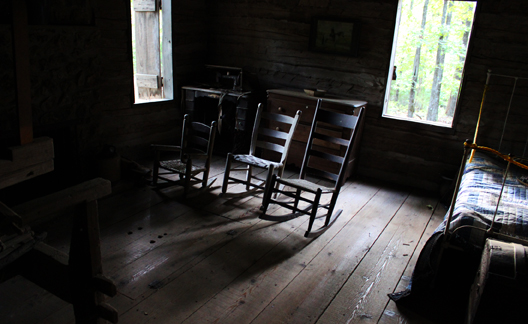
plate 5. Three rocking chairs stand ready in the Colonel’s Cabin, reputedly the most haunted building on the park. “Doors open and close. Window shutters latched from the inside will open up overnight.”
Continuing around the courtyard, a dogtrot cabin — known as the Jordan House — stands confidently against the north-facing ridge. This home was built by Colonel William B. Jordan, a Confederate veteran, “a little south of here in Monkey Run.” Jordan, a plantation owner, would move his family to the Arkansas frontier after Union forces leveled his property in the Deep South.
On this hot August afternoon, as we toured the village, Fleming stopped just before entering. Later, he would note, “I heard footsteps inside as we approached. When we came in the room, it was noticeably cooler. It was in the mid-80s outside this afternoon but there was a noticeable chill inside.
“There’s a lot that goes on in this structure. The shutters and the doors won’t stay closed. There’s a story that Colonel Jordan would nail the feet of geese to the back porch so they could fatten them up for eating.” As the crickets sounded that evening, Fleming and myself would record an interview in the Colonel’s Cabin, illuminated only by flashlight.
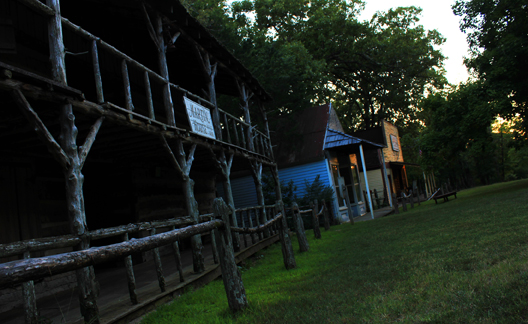
plate 6. Rustic and 178 years old, the Martin House (foreground) dominates the village scene. The bank / doctor’s office and the general store are beyond.
Across the way, the Martin House stands alongside the bank and the general store. The oldest building in the park — built in 1836 by the Martin family of Tennessee — the Martin House apparently has its share of ghosts as well. “There’s evidence that tells me the house was in use for well over 90 years. We have heard what sounds like children running around upstairs and sometimes little girls’ laughter.”
The bank building was built in Ash Flat, Arkansas, in 1881 and remained in business until 1935 when the state banking deparment ruled banks could not be constructed of wood. In back is a tiny doctor’s office largely filled with barbaric-looking equipment.
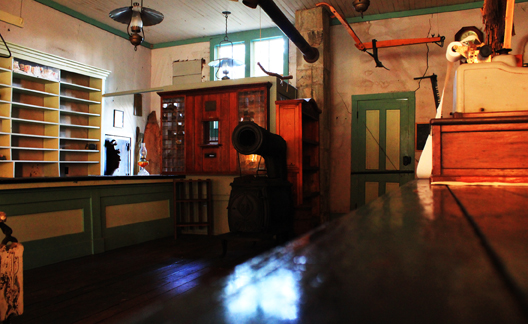
plate 7. Immaculately preserved, the old general store looks ready for business.
An iconic centerpiece of Mountain Village 1890 is the general store, built in Buford, Arkansas, in 1889 by a George N. Nelson. Today, the shelves are largely bare but the store stands as a testimony to now-lost communities across the nation. The building was recently a stand-in for the Dickens Store of Taneyville, Missouri, in Bald Knobber: The Movie, directed by Michael Johnson.

plate 8. Willie’s Cabin. Be sure to go inside. A jug of moonshine is on the table.
“Willie’s Cabin” is next door. “It’s a local cabin, brought in from about a mile away,” notes Fleming. “It is a very rustic cabin despite the fact it is one of the newest buildings. [It is] Very indigenous to what you would have found in the area a century ago. It has a log-cabin front, a second story, and an addition on the back made from wood planed at a local mill.”
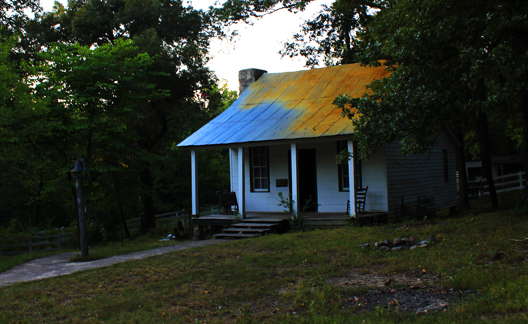
plate 9. The Lynch-Flippin House of Flippin, Arkansas.
Catty-cornered from the primitive “Willie’s Cabin” is the solidly built — and much older — Lynch-Flippin House. “This farm house came from Flippin. It was the home of Mary Elizabeth Flippin and James Lynch. They were both very affluent and you can see it in the house, which they built in 1870.
“All the furniture in there is georgous, very expensive for the time. It almost looks like a modern house.”
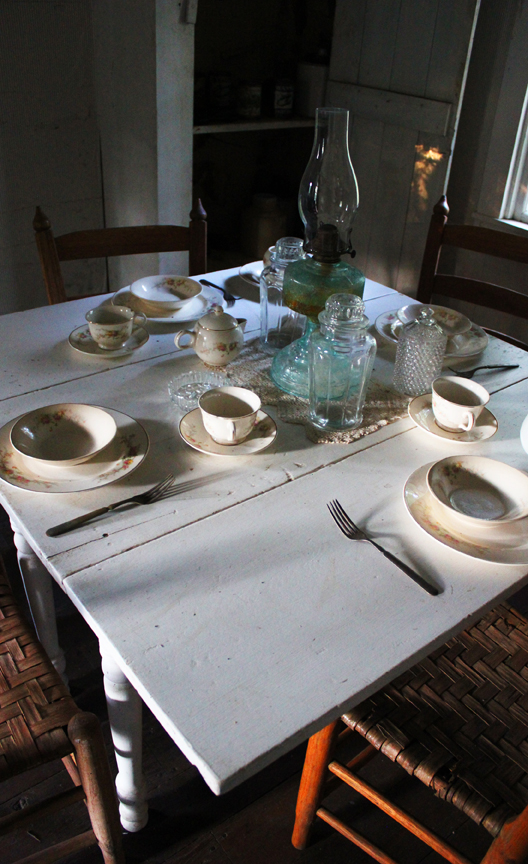
plate 10. Table setting for four in the Lynch-Flippin House.
Despite it’s small size, the Lynch-Flippin House is indeed beautiful. And yet, there is an eerie quality in standing in the kitchen, a full table’s worth of china in place settings. It is as though everyone has just stepped out but a century ago. I peered through the curtains and out into the old barnyard, almost expecting to see someone walking back from the chicken coop with a full basket of eggs.
How many memories were made in this building? How much joy and pride? How much sadness and grief? Did someone, bent with age, look through these windows one last time, remembering young children playing in the yard? Was a laughing bride once carried across the threshold? These are not the memories of history books but of life.
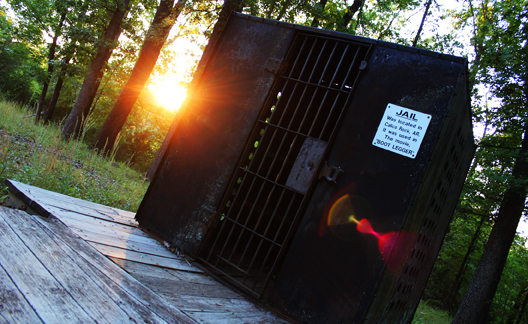
plate 11. The Calico Rock Hot Box.
At the village’s western-most tip is the hot box. Originally from Calico Rock, Arkansas, and used in the film The Bootleggers, this black iron jail cell is, as Fleming explains, “a wicked device.”
“Back in the day, they would take some of their more hardened prisoners and stick them in this box set in a clearing where it would get full sunlight all day long. If you can imagine being stuck in a black iron box all day long on a hot August day, it would really take the wind out of you quick.”
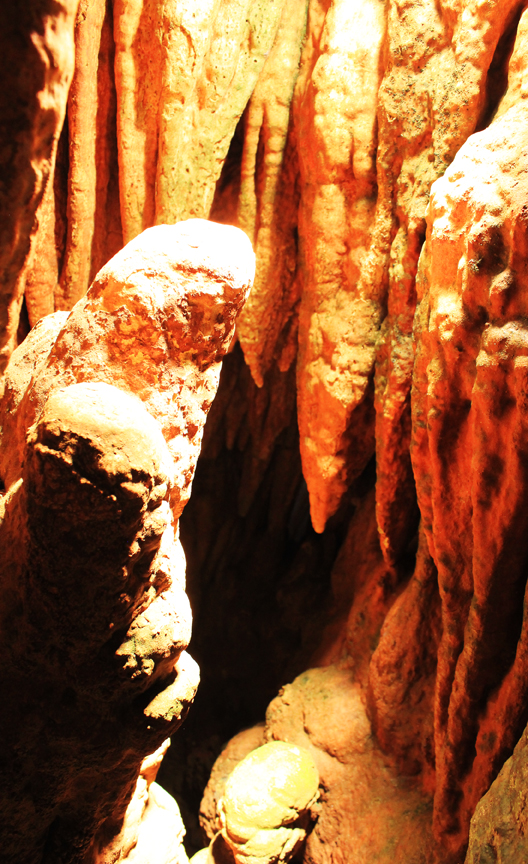
plate 12. A view into the heart of the mountain — inside Bull Shoals Cavern’s upper chamber once used for Native American ceremonies.
Even as darkness falls and the first whippoorwhils begin to call, there is a strange calm to this uniquely fabricated Ozark village. One wonders, Is it really haunted?
Fleming attests it is.
“People watch reality TV shows and they get a hokey, fake idea of what paranormal investigation really is. [To such a large degree paranormal investigation] Is the history lesson buried beneath the covers. The classes you took in school are sterilized versions of history. For all of these old structures, there were people who built them, people who lived in them.”
But what of the ghosts? “I was leading a tour last year,” he remembers. “Our last stop was the church. As we walked out we saw, standing in the courtyard just at the edge of the light, a woman with dark hair, dressed all in white. We all stood on the porch of the church and here is this woman, a solid apparition, staring at us for probably 20 seconds.
“Then she turned to walk away and just vanished into nothing.”
October 18, 2014




